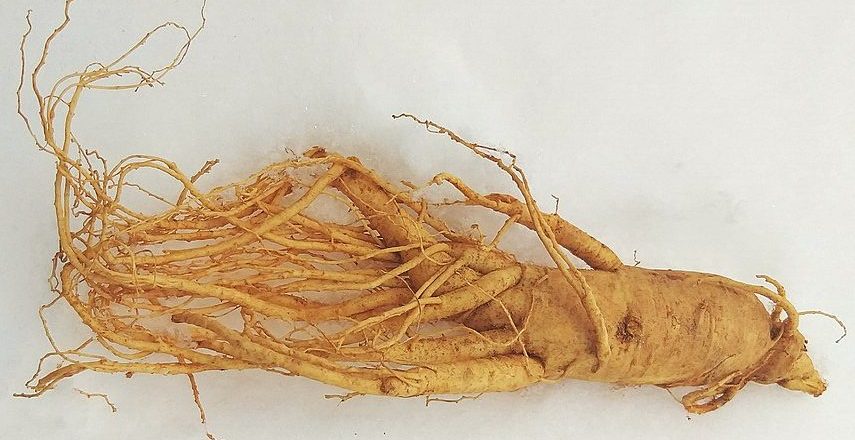Seven years of negotiations have finally brought Korean ginseng (Panax ginseng) to the United States under bilateral trade terms. This follows a trade pact that will also see the state of Texas ship grapefruit to South Korea in mutual exchange.
According to the government of South Korea on June 30, 2024, the agreement follows mutual inspection parity between the two sides.
What this means is that Korea’s Animal and Plant Quarantine Agency will only allow shipments of fresh ginseng roots from designate areas.
In its part, the U.S. will process exports to Korea of grapefruit from Texas after meeting insect control expectations.
Both agreements have been lagging, with the ginseng one tracing its roots to 2017 while the grapefruit one to 2019.
The pact marks a rare marketing opportunity by designate sources of the world-famous Korean ginseng to American buyers.
Most of the roots come from South Chungcheong province, especially Geumsan, the single biggest source in the Korean peninsula.
The mountainous area has been enjoying production of the medicinal root for 1,500 years, and has become a ginseng symbol.
Another key production region is North Gyeongsang province, itself steeped in a 500-year ginseng cultivation history. Notably, the city of Yeongju near Punggi in North Gyeongsang held 2022’s World Ginseng Expo. Punggi’s ginseng is the most valuable in Korea because it grows in a choice climate that extends maturity by 2 months.
The above two provinces sell the roots in three diverse forms. These include fresh ginseng, white ginseng (from 48 months of drying), and red ginseng (from hard steaming and drying).
Thus, as the U.S. officially orders Korean ginseng, it will definitely enjoy the distinct features of the exotic Asian plant. The United States grows American ginseng (Panax quinquefolius) and has a short harvest season that begins in September. And as the statistics below show, the U.S. normally supplements its local production by commercial imports from Korea.
Korean Ginseng Statistics
South Korea, China, Canada and the U.S. produced 99% of global fresh ginseng roots in 2013 at 76,769 tonnes. The world’s output was only over 80,000 tonnes in 2013, which improved to 86,223 tonnes five years later in 2018. For this reason, the main exporters depend on one another for extra domestic supplies. South Korea, for instance, exported 13.92% of its fresh roots to the U.S. as its second biggest destination in 2022.
Which are the key export destinations of fresh Korean ginseng?
South Korea topped worldwide earnings from ginseng root exports in 2022 at $84.1 million, slightly edging China at $84 million. The Far-east country’s 2022 fresh ginseng roots’ exports totaled approximately 14,792 tonnes. The main destinations were Vietnam at 9,014 tonnes, the United States at 2,059 tonnes and China at 1,590 tonnes. Below the 1000-tonne import mark were Japan at 950 tonnes, Taiwan at 923 tonnes and Hong Kong at 256 tonnes.
Is South Korea the production leader of ginseng roots?
In 2018, South Korea ranked second in production with a value worth $2,489 million or 42.2% of the global output. China topped production at $2,870 million or 48.6% of the global total. The U.S. in its part garnered a production share of 0.9% of the global tally.
What is the rate of growth in Korean ginseng product consumption?
South Korea has recorded phenomenal yearly growth in ginseng product consumption including medicine, capsules and herbal tea. While 2014’s consumption value was $1.162 billion, 2015’s reached $1.548 billion. This is even as production in 2017 hit $1.638 billion and $1.762 billion in 2018. While each person in South Korea consumed 0.32 kg of ginseng products per year in 2022, the peak consumption year remains 2009 at 0.48 kg per capita.
